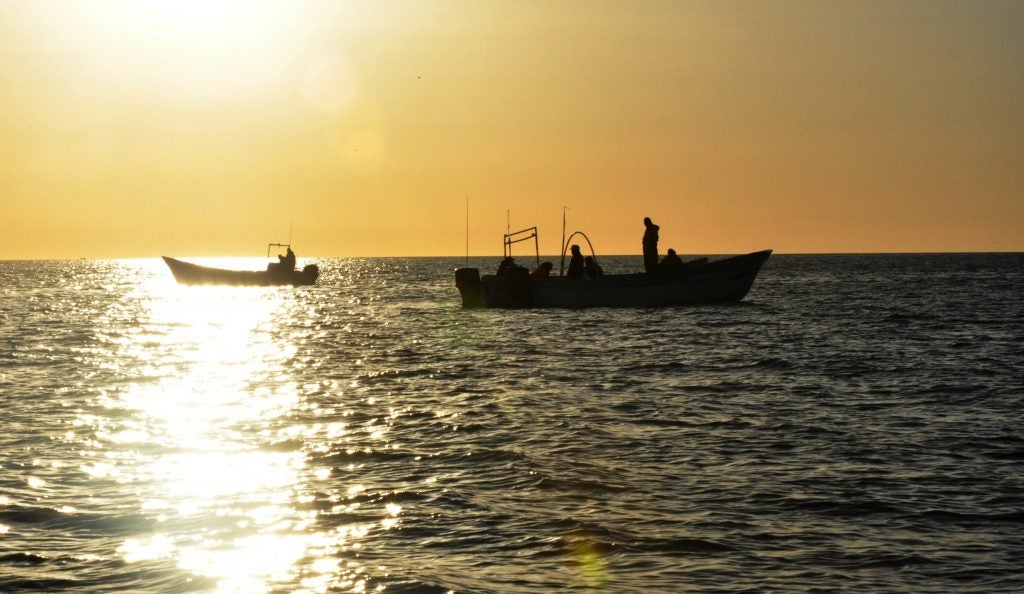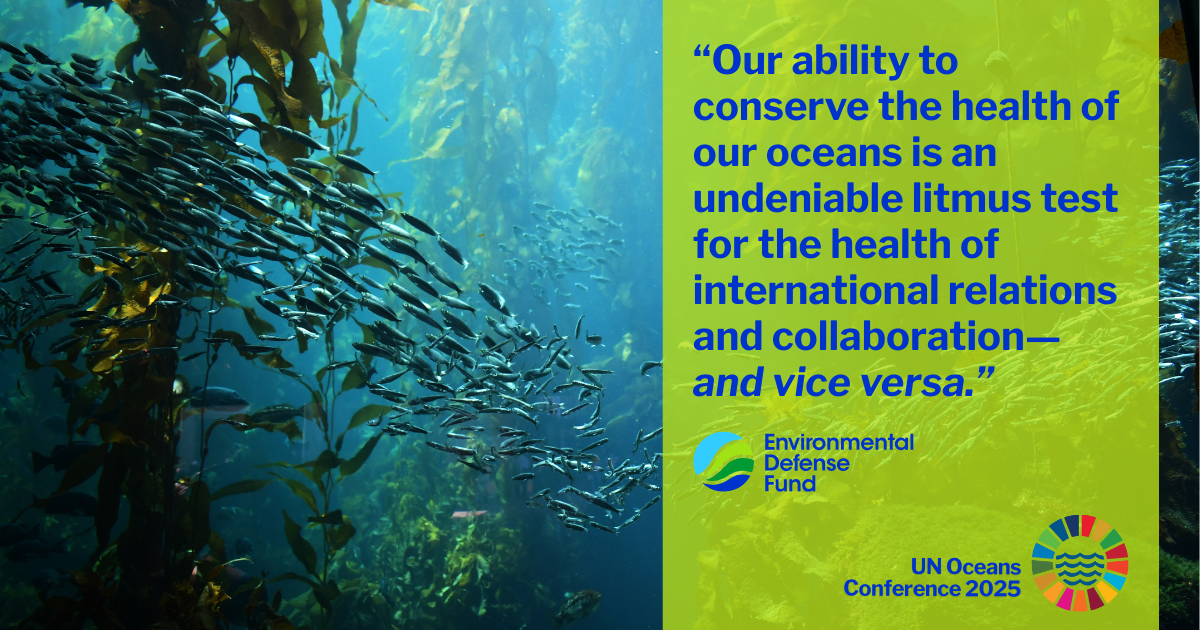It’s risky to start curvina season in the Upper Gulf without sufficient protections for vaquita
 Before curvina fishing starts, the Government and fishing sector must urgently adopt additional measures to differentiate legal and orderly fishing from illegal activities, and to demonstrate that the curvina fishery does not interact with neither vaquita nor totoaba.
Before curvina fishing starts, the Government and fishing sector must urgently adopt additional measures to differentiate legal and orderly fishing from illegal activities, and to demonstrate that the curvina fishery does not interact with neither vaquita nor totoaba.
Fishing for curvina could start earlier than expected in the Upper Gulf of California, without the necessary management measures in place to demonstrate that this fishery does not affect the critically endangered vaquita. EDF has advocated (2016, 2017) for significantly improving management measures, has advised officials and has offered help with implementation. Allowing any fishing activity in the Upper Gulf without necessary measures in place has serious implications. We urge the Government of Mexico and the fishing communities to adopt them as soon as possible.
The curvina fishery is one of the best managed fisheries in Mexico, thanks to measures that ensure the sustainable use of the resource. These include selective fishing methods and a rights-based management system, which together have managed to protect the resource by reducing the total catch to half the historic maximum, while increasing economic performance, stabilizing prices and reducing costs.
Despite these advances, the outlook for the curvina fishery has become very complex due to the increase in illegal poaching of totoaba and the impact poaching has on the vaquita population. According to the latest report from the International Committee for the Recovery of the Vaquita (CIRVA) there are only 30 vaquitas left, an extremely delicate situation, about which EDF is extremely concerned. Although there is no evidence that the fishing gear used specifically for the curvina fishery interacts directly with vaquita or totoaba, there is a perception that this fishery could serve as cover for totoaba poaching.
We agree with other experts that poaching has been occurring year-round, regardless of what legal fisheries are on the water. Hence, to ensure the future of any and all legal fishing in the Upper Gulf, there is a critical and immediate need to have management and monitoring measures in place to differentiate legal activities from those that are illegal.
While the Mexican Government has implemented measures to protect vaquita, including increased enforcement and surveillance and a temporary suspension of most of the fishing activity of the Upper Gulf, illegal poaching of totoaba has persisted. Faced with this situation, scientists, NGOs and the fishing sector have called on both federal and state authorities to deploy more effective enforcement and monitoring, and to find ways to ensure legal fishing can continue in the Upper Gulf through both fishing gear development and management measures.
It is critical that a system is implemented that can allow officials to differentiate legal fishing activities from illegal poaching in the Upper Gulf. EDF, together with the fishing sector, authorities, scientists and key partners, developed and validated a series of measures to achieve this objective; including a roadmap for their implementation that has not yet been applied in a timely manner. These measures include:
- Mandatory use of location devices 24 hours a day on all fishing boats.
- A reliable boat census with clear and unambiguous registration.
- Transparent and accessible information so that everyone, including authorities involved in the enforcement of the Upper Gulf of California, can quickly differentiate between those conducting illegal activities and those who are complying with the law.
- Spatial and temporal segregations to ensure that there are no fishing boats in areas with the highest concentration of illegal poaching.
- Rapid action contingency protocols that in the case of observing a vaquita the curvina fleet as a whole halts fishing in that area.
These measures do not replace, but complement existing regulations, including the total allowable catch, the Official Standard for Responsible Fishing of Curvina (NOM-063-PESC-2005), the Curvina Golfina Fishery Management Plan, the curvina temporal closure, as well as the Management Plan of the Upper Gulf of California and Colorado River Delta Biosphere Reserve.
Failure to implement these additional measures puts responsible curvina fishing at risk. Without transparent mechanisms and commitments to ensure protection of the vaquita, and which can provide evidence that fishery does not interact with illegal activities, the progress achieved so far could be reversed at the expense of species and communities in the region.
EDF can only support the curvina fishery if it adopts the necessary measures that demonstrate it does not interact with totoaba or vaquita. Therefore, we urgently appeal to the Mexican Government and fishing sector that catches curvina to commit to these measures. Otherwise, the future of this fishery will be at risk. We are convinced that if authorities, the fishing sector and NGOs take immediate action, we can stay on the path to sustainability and prosperity. With everyone’s commitment we can continue to work in favor of legal and orderly fishing, securing a thriving future for the Upper Gulf species and its communities.












